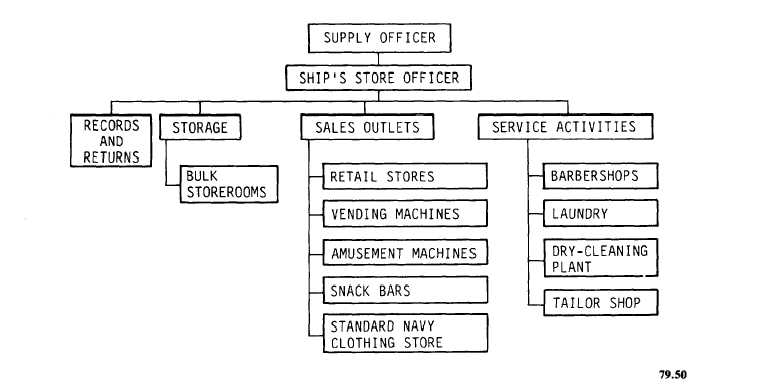| |
. To provide a basis for planning future
development, expansion, or reorganization
. To discover organization flaws such as
confused lines of authority or duplication
of functions
Structural Chart
The structural chart should reflect the basic
organizational components. You should keep the
following points in mind in deciding how to ar-
range the chart:
l Simplicity. Arrange the major components
along the same horizontal plane and arrange the
subsidiary components in a vertical plane beneath
the major components.
. Clarity. The lines of authority that
you draw between the components should
clearly indicate relationships. Avoid diagonal
lines or crossing of lines of authority.
l Symmetry.
Boxes for each level of
components should be the same size and
the overall chart should present a balanced
appearance.
. Unity. No branch, section, or unit can exist
by itself—it must be related to some other unit
either by a connecting line of authority or through
other components.
Figure 3-1 illustrates a completed struc-
tural organization chart for the ship’s store
(S-3) division on a destroyer tender (AD).
Functional Chart
The functional organization chart (or
simply the functional chart) should reflect
the same arrangement of the components as
that shown on the structural chart. However,
for a large complex activity, you can prepare
one chart showing the major components and
their major functions and then prepare sub-
sidiary charts for each major component in-
cluding its subsidiary components and their
functions.
One of the principles governing the assignment
of functions is homogeneity of assignment. This
means that the functions of an organization
should be grouped by similarity. Some specific
Figure 3-1.—Structural organization chart for a ship’s store division of an AD.
3-3
|

